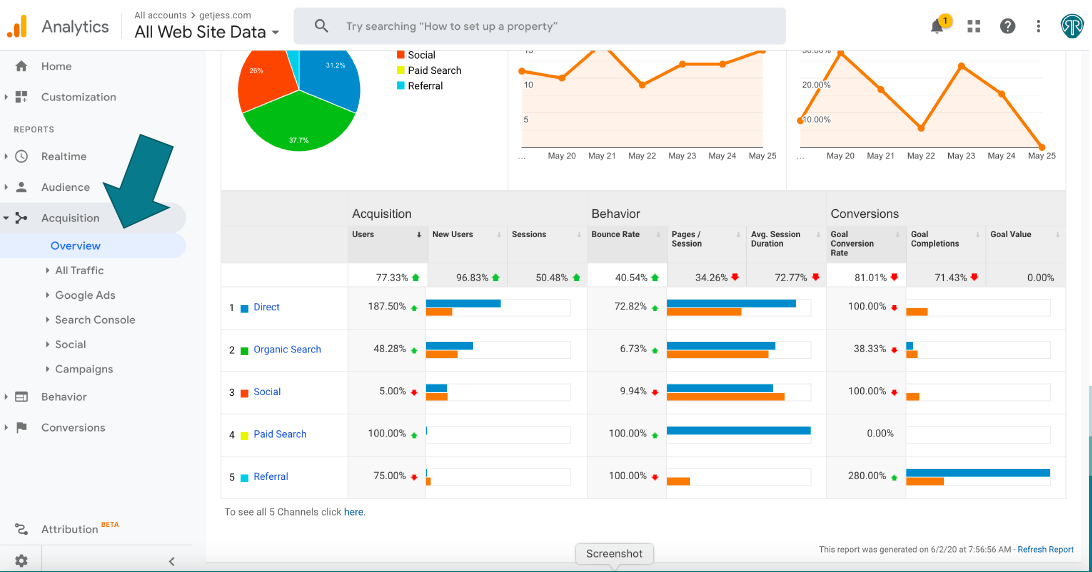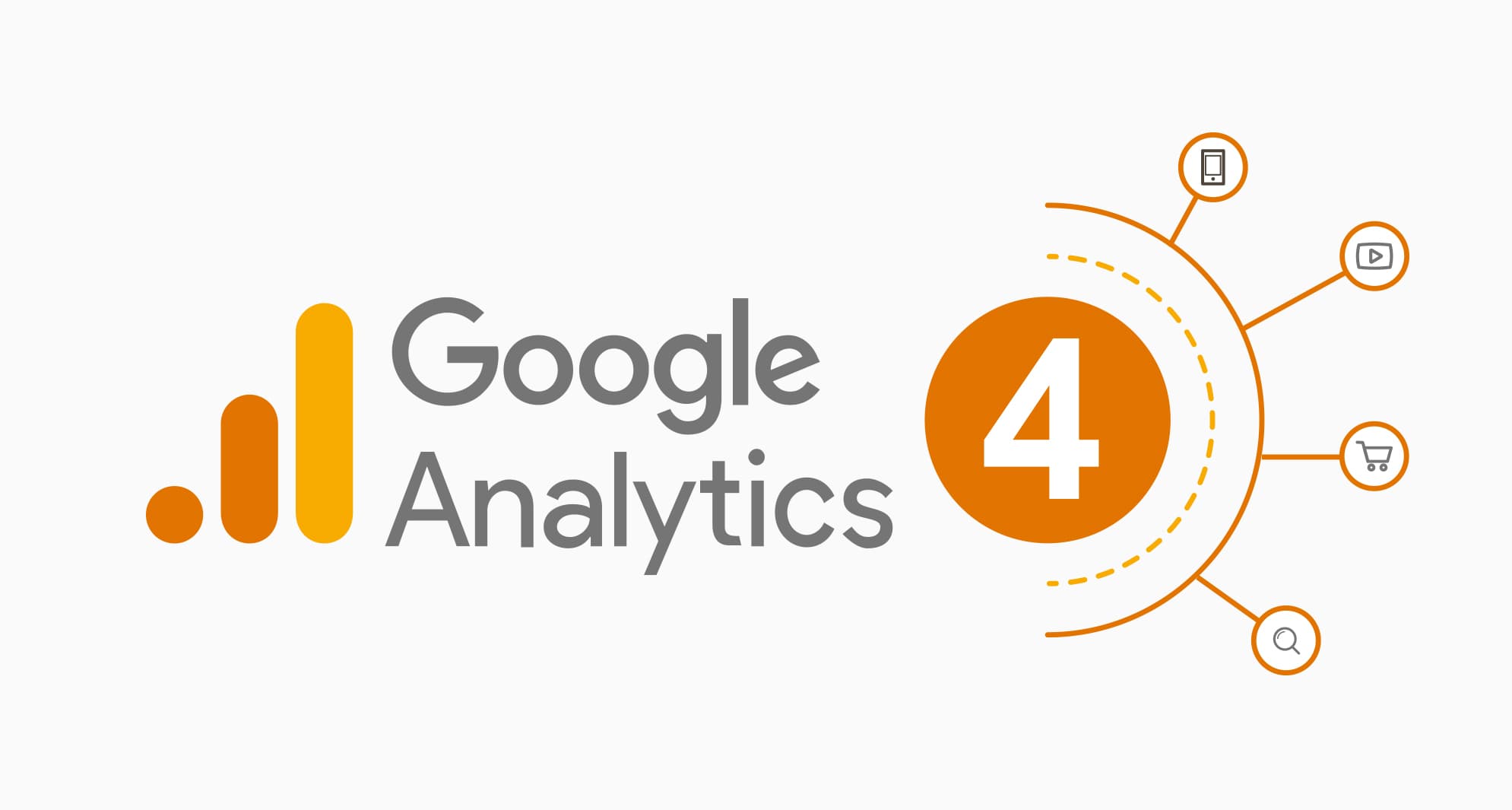When Does the Google Analytics Tracking Code Send an Event Hit to Analytics? A Deep Dive into User Interactions
When Does the Google Analytics Tracking Code Send an Event Hit to Analytics? A Deep Dive into User Interactions
Blog Article
Enhance Your SEO Approach With Effective Google Analytics Tracking Code
Integrating Google Analytics tracking code into your Search engine optimization strategy is a critical step towards accomplishing measurable outcomes. What specific methods can you embrace to make the most of the impact of this information on your SEO efforts?

Understanding Google Analytics Fundamentals
To successfully take advantage of Google Analytics for Search Engine Optimization, it is important to comprehend its foundational ideas. Google Analytics works as an effective device for tracking and assessing internet site web traffic, offering insights that are essential for enhancing search engine efficiency. At its core, the platform allows users to monitor customer actions, traffic sources, and key efficiency signs (KPIs) such as bounce rates and session periods.
Familiarity with the interface is important. Trick sections include the Target market, Purchase, and Behavior tabs, each providing beneficial data. The Target market area offers market understandings, helping to customize web content to target users successfully. The Acquisition tab exposes just how site visitors show up at the website, whether via organic search, paid ads, or social media sites, guiding tactical changes in marketing efforts.
Understanding metrics such as organic web traffic quantities and conversion prices is crucial for assessing SEO efficiency. Inevitably, understanding these essentials allows digital marketing professionals to harness the complete possibility of Google Analytics, driving educated decisions that boost total SEO methods. By developing a strong structure, businesses can effectively evaluate their performance and determine possibilities for improvement in their online presence.
Setting Up Tracking Code
Properly setting up the tracking code is essential for accurate data collection in Google Analytics. The initial step involves creating a Google Analytics account and residential property, where you will certainly get a special tracking ID. This ID is important for linking your site's data to your Google Analytics account.
As soon as you have your monitoring ID, incorporate the monitoring code fragment into your web site's HTML. This is commonly positioned in the header area of each page to guarantee it loads early in the page making procedure. If you're making use of a Web content Administration System (CMS) like WordPress, numerous plugins streamline this process, allowing you to include the tracking code without straight HTML modifying.
After implementing the monitoring code, it is essential to test its capability. If the monitoring code is correctly mounted and functioning, you can make use of the Google Tag Assistant device to verify. Furthermore, monitor the real-time coverage feature in Google Analytics to verify that data is being gathered appropriately.
Making sure that the tracking code is appropriately established lays the foundation for reliable data evaluation, allowing you to make informed decisions to boost your SEO method and total site efficiency.
Trick Metrics to Monitor
Determining vital metrics to keep track of is crucial for comprehending the efficiency of your search engine optimization strategy with Google Analytics. By concentrating on details data points, you can assess the influence of your optimization efforts and make informed decisions to improve efficiency.
This metric shows the total wellness of your SEO technique. A high bounce price might indicate that your content is not satisfying customer expectations or that your touchdown web pages require enhancement.
Keyword phrase rankings are additionally important; monitoring adjustments in keyword settings aids examine the effectiveness of your targeted Search engine optimization efforts. By very closely following these vital metrics, you can acquire beneficial insights right into your SEO approach's performance and recognize areas for enhancement.
Studying Individual Actions
Understanding individual habits is critical for refining your SEO method and making the most of website efficiency. Google Analytics gives a wealth of information on customer involvement metrics, such as bounce prices, time on website, and page views per session.
In addition, tracking user flow can disclose common navigating courses, highlighting possible traffic jams or locations for renovation. Recognizing the demographics, passions, and geographical locations of your site visitors enables even more customized material that talks with their requirements. Using segmentation functions in Google Analytics even more improves your ability to evaluate individual behavior by allowing you to compare different target market teams.
Additionally, checking conversion prices and individual actions can provide understandings right into the efficiency of your contact us to action and overall website my latest blog post style. This alternative view of customer actions is essential for making educated choices that improve user experience and drive higher involvement, eventually adding to improved search engine optimization performance.
Leveraging Insights for SEO
Continually leveraging understandings gained from customer habits analysis can significantly improve your SEO initiatives. By using Google Analytics, you can identify vital metrics such as bounce prices, session duration, and customer flow, which disclose exactly how site visitors engage with your content. These understandings enable you to pinpoint Look At This locations requiring renovation, such as high departure web pages or underperforming keywords.

Furthermore, tracking organic traffic sources gives quality on which networks are most effective, allowing you to designate sources strategically (when does the google analytics tracking code send an event hit to analytics?). By evaluating conversion rates together with website traffic data, you can recognize which web pages drive real service results, refining your search engine optimization method even more
Incorporating these insights into your web content method not only boosts presence however also cultivates a much more user-centric approach. Inevitably, a data-driven SEO strategy educated by analytics not only enhances positions but additionally aligns your purposes with individual expectations, bring about sustained development and interaction.
Conclusion
Reliable implementation of Google Analytics tracking code considerably improves a SEO method by giving critical insights into user behavior and traffic sources. Ultimately, leveraging these insights contributes to refining SEO efforts, driving more appropriate web traffic, and enhancing general site performance.
Integrating Google Analytics tracking code into your SEO technique is a crucial action towards attaining quantifiable outcomes. At its core, the system allows individuals to keep track of user behavior, website traffic resources, and vital efficiency signs (KPIs) such as bounce rates and session durations.
Understanding customer actions is critical for improving your Search engine optimization technique and optimizing site performance.Constantly Source leveraging understandings obtained from customer actions evaluation can considerably enhance your Search engine optimization efforts.Effective execution of Google Analytics tracking code substantially enhances a Search engine optimization method by providing crucial understandings into customer behavior and website traffic sources.
Report this page